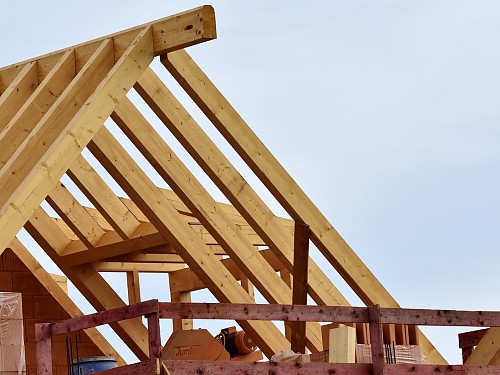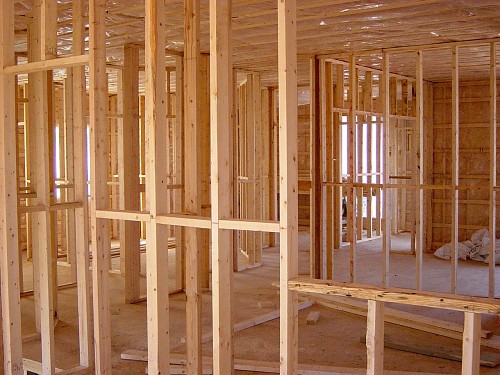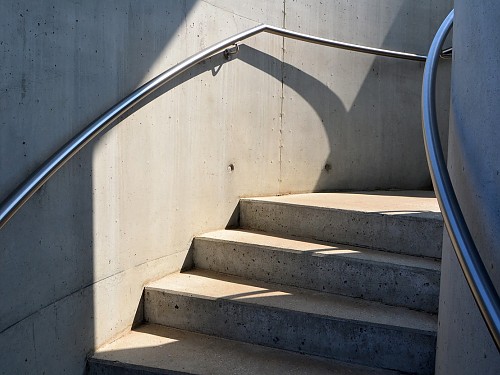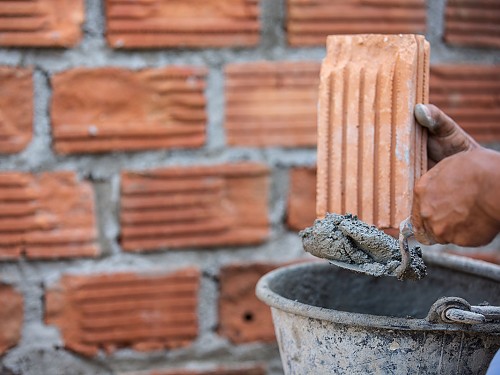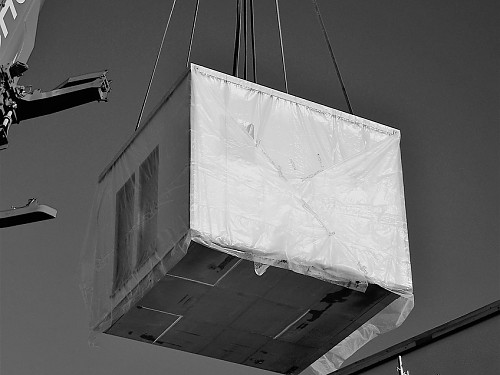Different Construction Techniques: Innovation and Tradition in the Building World
Construction is a field in constant evolution, where innovation and tradition intertwine to create solid and functional structures. Throughout history, various construction techniques have been developed that have left their mark on the architecture of different cultures around the world. In this article, we will explore some of these techniques, from the traditional to the more contemporary, highlighting their features and benefits.
Masonry
One of the oldest construction techniques is masonry, which consists of joining blocks or stones using mortar. This method has been used in various cultures, from the ancient Egyptians to the Romans. Masonry offers durability and strength, as well as providing a unique aesthetic appearance. Although it is considered a traditional technique, it is still used today, especially in the restoration of historic buildings.
Reinforced concrete
Reinforced concrete is a construction technique that combines concrete with steel bars. This system makes it possible to take advantage of the compressive strength of concrete and the tensile strength of steel. The result is a strong and durable structure that is widely used in the construction of buildings, bridges, and other infrastructure. Reinforced concrete is versatile and inexpensive, making it a popular choice for large-scale projects.
Wood construction
Timber construction is a traditional technique that has experienced a revival in recent years. Wood is a sustainable and renewable material, which makes it an attractive option from an environmental point of view. In addition, it offers superior thermal and acoustic properties. Although often associated with cottages or cabins, timber construction is also increasingly being used in modern, sustainable housing projects.
Prefab construction
Prefabricated construction is based on the manufacture of components or modules in a factory and their subsequent assembly on the construction site. This technique offers numerous advantages, such as the reduction of construction times, the optimization of costs and the greater precision in the finishes. The most common materials used in precast construction are steel, concrete, and wood. This technique is especially popular in the construction of multi-story residential and commercial buildings.
Earthquake Resistant Construction
In earthquake prone areas, it is crucial to use earthquake resistant construction techniques to ensure the safety of the structures and the people who occupy them. These techniques include the use of seismic isolation systems, steel reinforcement, and the design of flexible structures that can absorb the energy generated by an earthquake. Seismic resistant construction has advanced significantly in recent decades and has become a priority in areas of high seismic activity.
Sustainable construction
Sustainable construction focuses on the use of techniques and materials that reduce the environmental impact of buildings. This includes the use of renewable energy, the maximization of energy efficiency, waste management and the selection of ecological materials. Some common techniques in sustainable construction are the use of solar panels, rainwater harvesting systems, efficient thermal insulation, and passive design to make the most of sunlight and natural ventilation.
In conclusion, construction techniques encompass a wide range of approaches, from the traditional and proven to the most innovative and sustainable. Each technique has its own advantages and challenges, and your choice will depend on various factors, such as the cultural context, climatic conditions, and project objectives. The important thing is to keep up to date on the latest trends and technologies in the field of construction to ensure the creation of safe, efficient and environmentally friendly structures.
